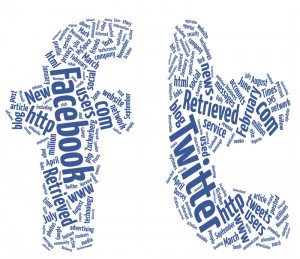 The second-place winner in Unplug & Reconnect’s essay contest, Lori Quiller of Alabama, writes about discovering sights and sounds around her after she unplugs from technology in this essay titled “Unplugged.”
The second-place winner in Unplug & Reconnect’s essay contest, Lori Quiller of Alabama, writes about discovering sights and sounds around her after she unplugs from technology in this essay titled “Unplugged.”
By Lori Quiller
I’m definitely an iPod girl. It’s like my wallet, cell phone, checkbook and credit card – I never leave home without it.
Music is soothing, or it can rev you up during the lull of the day. It can push out the minutia of not-so-white noise that can so quickly envelope and drown you when you are least expecting it. But, it can also be the blanket covering up some of the most beautiful sounds of our world that we have learned to tune out.
Where I work requires me to walk three blocks from a parking deck, down a hill, crossing busy intersections, and navigating vehicles filled with hurried drivers. But, there’s so much more.
When my iPod’s hard drive and battery died, I quickly ordered a new one thinking I just couldn’t survive without this little device I’d grown so accustomed to for the last seven years. (No, it wasn’t old. The tech at The Apple Store smiled graciously when he carefully chose the words, “well loved,” when he described my poor, ailing little iPod that was about to be retired.)
There were several days in which I walked those three blocks each morning and afternoon bare-eared! Gasp! Not knowing how long I was going to survive without my tunes, I constantly tracked the shipping logs to find out how long before the replacement would be at my doorstep.
Then, I began to notice things I hadn’t before. First was walking past the construction site outside my parking deck. There was a chorus of mechanical tunes inside the structure. Metal on metal. Welding. Ringing. A loud pinging from deep inside. I slowed my pace. That’s when I noticed the loose manhole cover in front of the bank. I stepped on it, and it cracked like a cymbal.
I was quickly reminded of an episode of Sex and the City when Carrie dated a jazz musician who tried to get her to listen to the sounds of the street as they walked. That episode was playing out in my head, and I was in the middle of it!
The vehicles whirring past me, trying to make the next light, then squealing to a halt at the last second. Children at the daycare laughing and giggling while playing outside on the jungle gyms and in the sandlots. Birds calling to each other as they flew over my head playing their own version of “Tag! You’re it!” The sound of the light breeze tangling in the trees followed me down to the building where I worked. Finally, the thump, whirr, thump, whirr, thump, whirr of the rotating glass door entrance of the building.
It took just more than a week for my new iPod to make it to my home, but I have a confession. While I still take it wherever I go, there are days in which the sounds of the city are just are as beautiful as anything I have loaded into my tunes. It’s a different way of plugging in.



